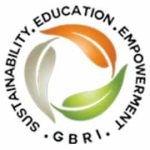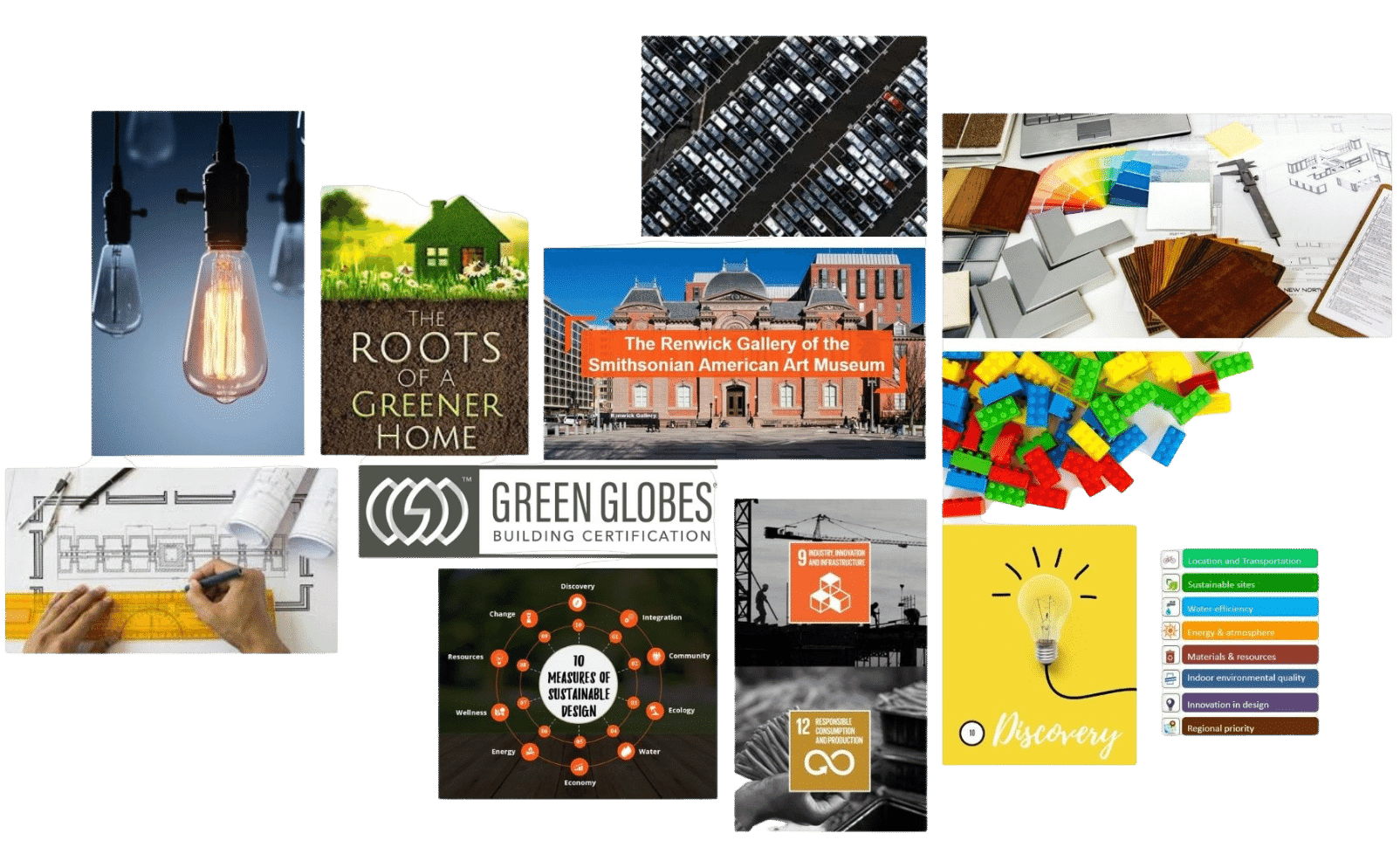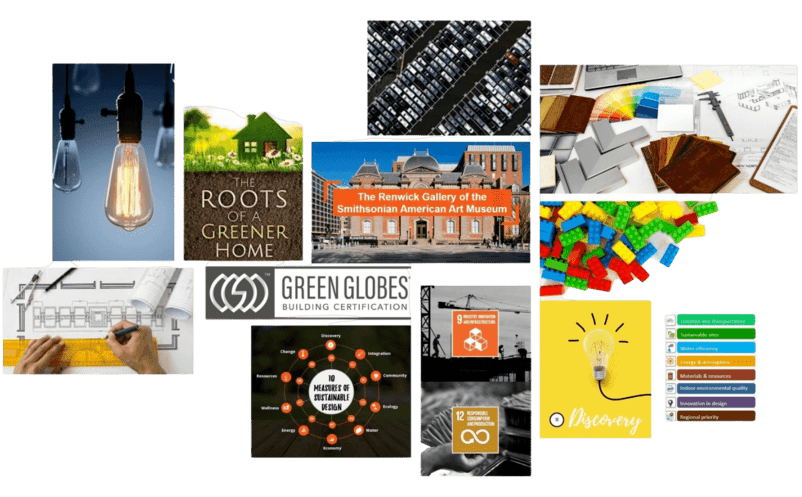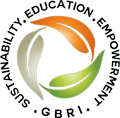Your AIA and USGBC Education Partner, GBRI, is your source for best-in-class LEED, AIA, and WELL CE that have been pre-approved for AIA & LEED CMP.
Licensed architects must earn continuing education credits each year to fulfill AIA membership requirements as well as state license(s). AIA Architect members are required to complete 18 LUs from registered AIA/CES providers each year. Of the 18 LUs, 12 must be in the topic areas of health, safety, and welfare (HSW). AIA requirements can differ from the continuing education requirements of state licensing boards. State requirements may also vary from state to state.
GBRI courses are approved by AIA and offer a variety of ways to earn continuing education credits that meet your goals and licensing requirements. GBRI’s continuing education series aims to help you stay competitive by arming you with the tools, techniques, and knowledge you need, while fulfilling your AIA and LEED CE requirements.
Objectives
Simplify your credential maintenance process
Enhance your expertise in sustainable practices
What's Inside?
Already a GBRI Silver Member?
Why Enroll?
- USGBC & AIA Education Partner: All 30 CE hours are pre-approved, ensuring each course fulfills CMP requirements.
- Auto-Reporting: Save time with courses featuring auto-reporting directly to USGBC.
- Interdisciplinary Learning: Courses cover LEED, climate change, social responsibility, and WELL standards.
- Flexible Learning: Access courses on mobile, laptop, or desktop—anytime, anywhere on our user-friendly platform.
- Support Small Business: By enrolling in our courses, you're also supporting a small business deeply committed to sustainability & social impact.
Professionals With Multiple Credentials, Take Note
GBRI's 18 CE Hour Bundle
LEED CE Courses Including LEED Specific Hours
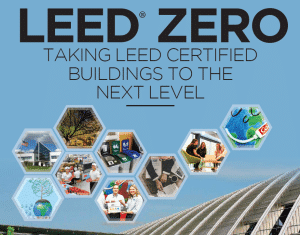
LEED Zero: Taking LEED Certified Buildings to the Next Level
The course caps off with an illuminating case study on Colgate-Palmolive, the world’s first facility to attain LEED Zero certification in all four categories.
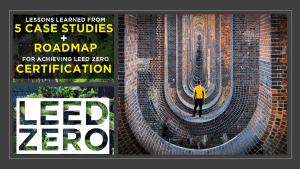
LEED Zero: Lessons Learned from 5 Case Studies + Roadmap for Achieving LEED Zero Certification
Explore the transformative power of LEED Zero certification through diverse case studies, learn about India’s global leadership in this field, and discover a comprehensive step-by-step guide for achieving LEED Zero in your projects.

WELLopedia v2: Nourishment Concept
Through this course, you will understand the 13 features under the Nourishment concept as it relates to the WELL Building Standard v2 and learn strategies in the context of a real project.

WELLopedia v2: WELL Certification
This course is also part of GBRI’s WELLopedia Series: The ins and outs of the WELL Building Standard v2. This course can be taken stand-alone or as part of the series depending on your interest and credential maintenance requirements.

Aquatic Alchemy: Unraveling LEED v4.1 Indoor Water Use Reduction & Strategies
In this module, you will gain a comprehensive understanding of the major differences between LEED v4 and v4.1 as it relates to indoor water use, building-level metering (prerequisite and credits), and align yourself with the overarching goals of the updated LEED BD+C Rating System.

Beyond the Building: Conquering Outdoor Water Conservation within LEED v4.1
In this module, you will gain a comprehensive understanding of the major differences between LEED v4 and v4.1 and align yourself with the overarching goals of the updated LEED BD+C rating system.

Designing with Purpose: Unleashing the Power of Integrative Processes in LEED v4.1
Discover the intent, requirements, and strategies for integrative process credit compliance while recognizing the updates and enhancements in LEED v4.1.

Daylighting in Green Building Rating Systems: A Focus on LEED and WELL⁷
Explore the intersection of daylighting and green building rating systems in Module 2 of our daylighting series. Discover how daylighting is integrated into LEED and WELL, uncovering the requirements, credits, and documentation criteria. Gain insights into the impact of daylighting on the visual environment and its alignment with the principles of sustainable design.
Getting Started is Easy
Register & Enroll: Immediate access to curated courses upon registration.
Navigate the Dashboard: Familiarize yourself with our user-friendly interface.
Engage & Network: Our community forum enables you to share insights and engage in meaningful discussions.
